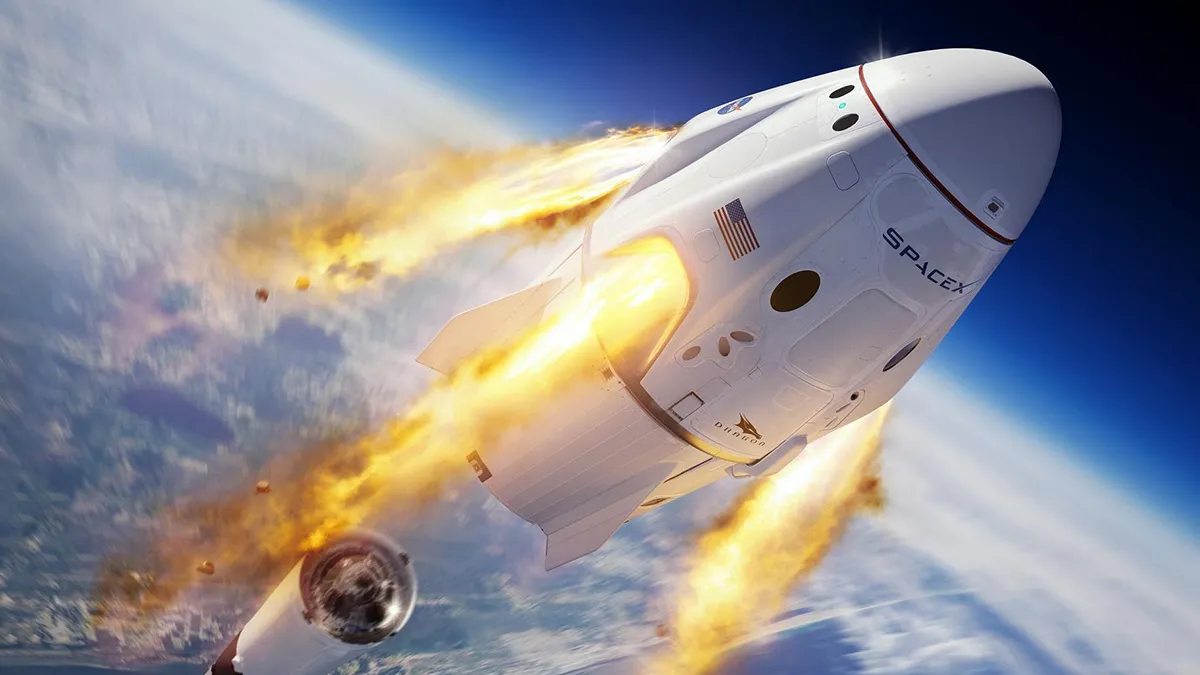Table of Contents
In his autobiography, Gene Krantz writes that, in the depths of the political division of 1968, the Apollo program was a rare light of something Americans could take pride in. This was not true of all Americans, of course: race-baiting activists like Gil Scott-Heron still managed to bitch about Whitey’s on the Moon. But, in general, Apollo stood as a tribute to American greatness.
Of course, Apollo fell victim to the American gloom of the 1970s. Even when American optimism waxed again during the Reagan era, the space shuttle program tended to illustrate that NASA had become another ossified government bureaucracy rather than daring pioneers.
But if space exploration holds its ability to turn our gazes outward and lift our minds from the travails of Earthbound politics, 2023 should hold plenty to lift our spirits.
NASA may have been sidelined by a new breed of a space entrepreneurs, but it’s not completely out of the picture yet.
Later this year, in what promises to be another busy one for the space agency and the industry as a whole, NASA plans to announce the four-member crew of the next Artemis mission, finally giving the program a human face. Those astronauts – three from NASA, one from the Canadian space agency – are to orbit the moon in the Artemis II mission scheduled for 2024. That would be a prelude to a human landing a year or two later that would be the first since the last of the Apollo missions in 1972.
The only downside is that, being a government bureaucracy, the choice of the next humans to land on the Moon will almost certainly be decided by intersectional brownie-point-scoring.
Bill Nelson, the NASA administrator, said he hopes that will resonate with the American public as much as when NASA announced the Mercury 7, its first crew of astronauts.
Ah, yes, the “reflect modern society” mantra.
In addition to Artemis II, NASA is working with a number of private companies to send what it hopes will eventually be a fleet of robotic landers to the moon. The first two flights, to be flown by a pair of commercial companies, Intuitive Machines and Astrobotic, are scheduled for this year, under contract from NASA. No commercial entity has ever landed a spacecraft on the moon.
But the future of space exploration seems to be in the hands of private enterprise.
Intuitive Machines said that the company hopes to launch sometime between March and May and that it would take four to seven days for its lander to reach the moon’s surface. Astrobotic has said that its Peregrine spacecraft is scheduled to launch during the first quarter.
Even NASA is outsourcing a lot of its work to private enterprise.
Later this year, NASA intends to award another lunar lander contract to ferry its astronauts to and from the surface of the moon. SpaceX won the contract for the initial landing, and for one after that. But now NASA wants another provider, and the competition for that contract has grown intense.
Of course, not even space exploration is immune from politics. With the scrapping of the shuttle program, NASA and other national agencies were forced to rely on Russian spacecraft to reach the International Space Station. Remedying that state of affairs is clearly high on the agenda — with private enterprise coming to the rescue again.
Boeing has a big test looming in 2023. Last year, it finally flew its Starliner spacecraft, in a demonstration mission without any astronauts on board, to the International Space Station. Now it’s looking finally to put astronauts aboard, giving NASA another spacecraft capable of taking crews to and from the station. The company is well behind SpaceX, which also holds a contract from NASA and first flew astronauts to the station in 2020.
SpaceX will continue to fly astronauts and cargo to the space station for NASA with its Falcon 9 rocket and Dragon spacecraft.
Where NASA has taken half a century to design a new vehicle that looks little more than a beefed-up Apollo capsule, private space companies are racing ahead with innovative technology.
This year could also see new rockets launching. The United Launch Alliance, the joint venture of Lockheed Martin and Boeing, is set finally to fly its Vulcan rocket for the first time, using the BE-4 engines provided by Blue Origin.
Once again, though Elon Musk’s SpaceX is making the running.
The most anticipated launch of a new rocket this year, though, is SpaceX’s Starship.
At about 122 metres tall with 33 engines on its first stage, it would be the most powerful rocket ever to fly. SpaceX has developed the rocket to be fully reusable, with the booster flying back to its launchpad to be caught by a pair of mechanical arms.
The Age
Intriguing, too, is start-up Relativity Space, which is manufacturing rockets by 3D printing. Its Terran 1 rocket is scheduled to fly early this year.
All in all, 2023 is looking to be a banner year for space exploration.









